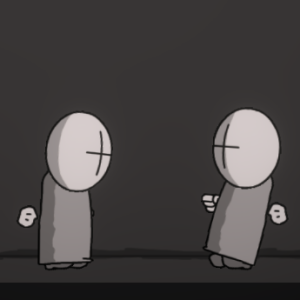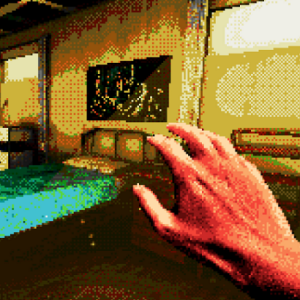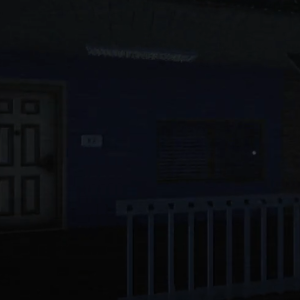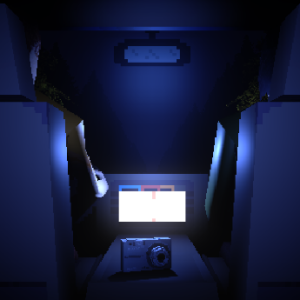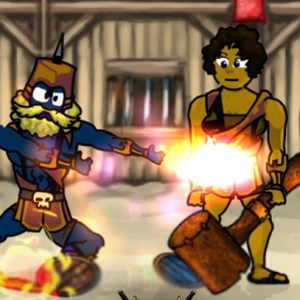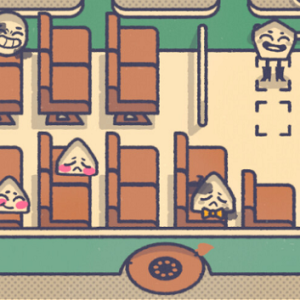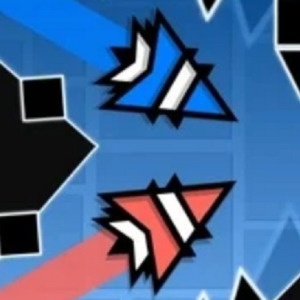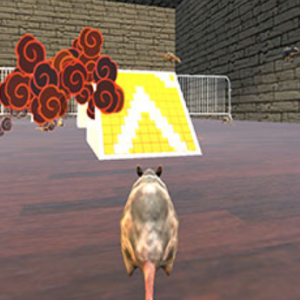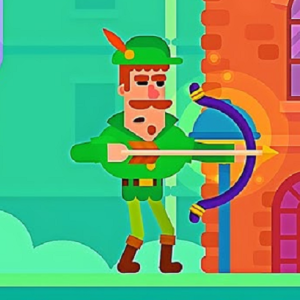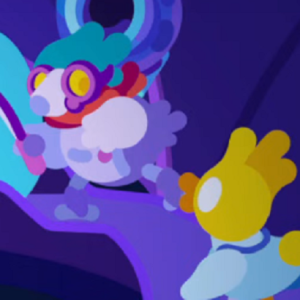Similiar games
The Kid at the Back takes place in a small school environment where the player experiences daily life through limited but meaningful interactions. The story begins in an ordinary classroom, where the main character becomes aware of another student who seems distant and difficult to read. The setting is static, relying on dialogue and atmosphere to convey events rather than movement or exploration. The classroom, hallways, and after-school locations create a confined structure that emphasizes character focus. Every choice and line of dialogue shapes how the story unfolds, leading to multiple outcomes tied to trust, suspicion, or attachment.
Gameplay Structure and Player Choices
The core system of The Kid at the Back functions as a visual novel built around dialogue selection and route progression. Each choice affects the player’s relationship with the key characters, unlocking different events and scenes.
The main gameplay functions include:
- Selecting responses that raise or lower relationship values.
- Unlocking unique routes depending on previous interaction history.
- Triggering alternate scenes through specific timing and dialogue combinations.
- Replaying previous sections to access hidden or branching storylines.
There is no traditional inventory or combat system; progress is entirely narrative-driven. Each playthrough reveals new context, encouraging repetition as a way to uncover the full scope of the story.
Character Routes and Narrative Themes
Each major route in The Kid at the Back follows a specific character, most notably the quiet student who becomes central to the narrative. The story changes tone depending on how the player chooses to engage — consistent attention can lead to trust, while avoidance or missteps might trigger confrontational outcomes. Some paths include darker elements tied to obsession or control, while others offer reconciliation or understanding. The branching structure ensures that no single route provides a complete version of events; the player must explore several paths to understand the full picture.
Interface and Technical Structure
The interface of The Kid at the Back uses the standard framework of a visual novel engine. The screen displays character portraits, dialogue text, and background imagery representing different classroom or campus areas. A menu allows saving, loading, and reviewing previous dialogue. Relationship meters update dynamically, though many outcomes remain hidden until later choices. The presentation is minimal, keeping focus on conversation and tone rather than visual complexity. The game is available in demo format, with future updates expanding the story into additional days and routes.



